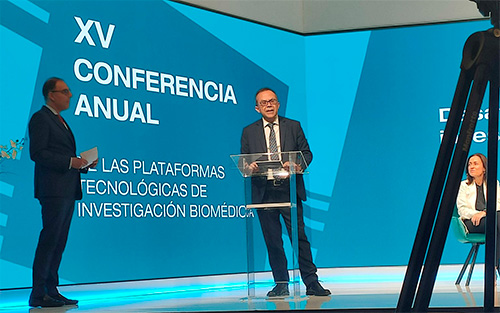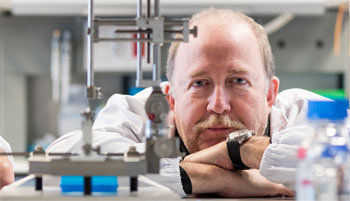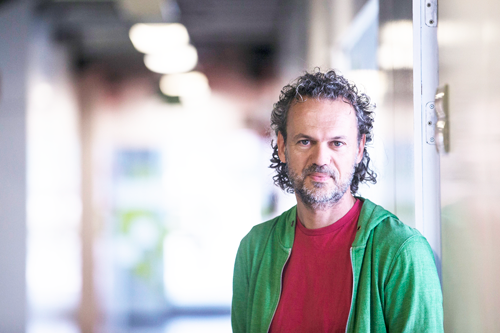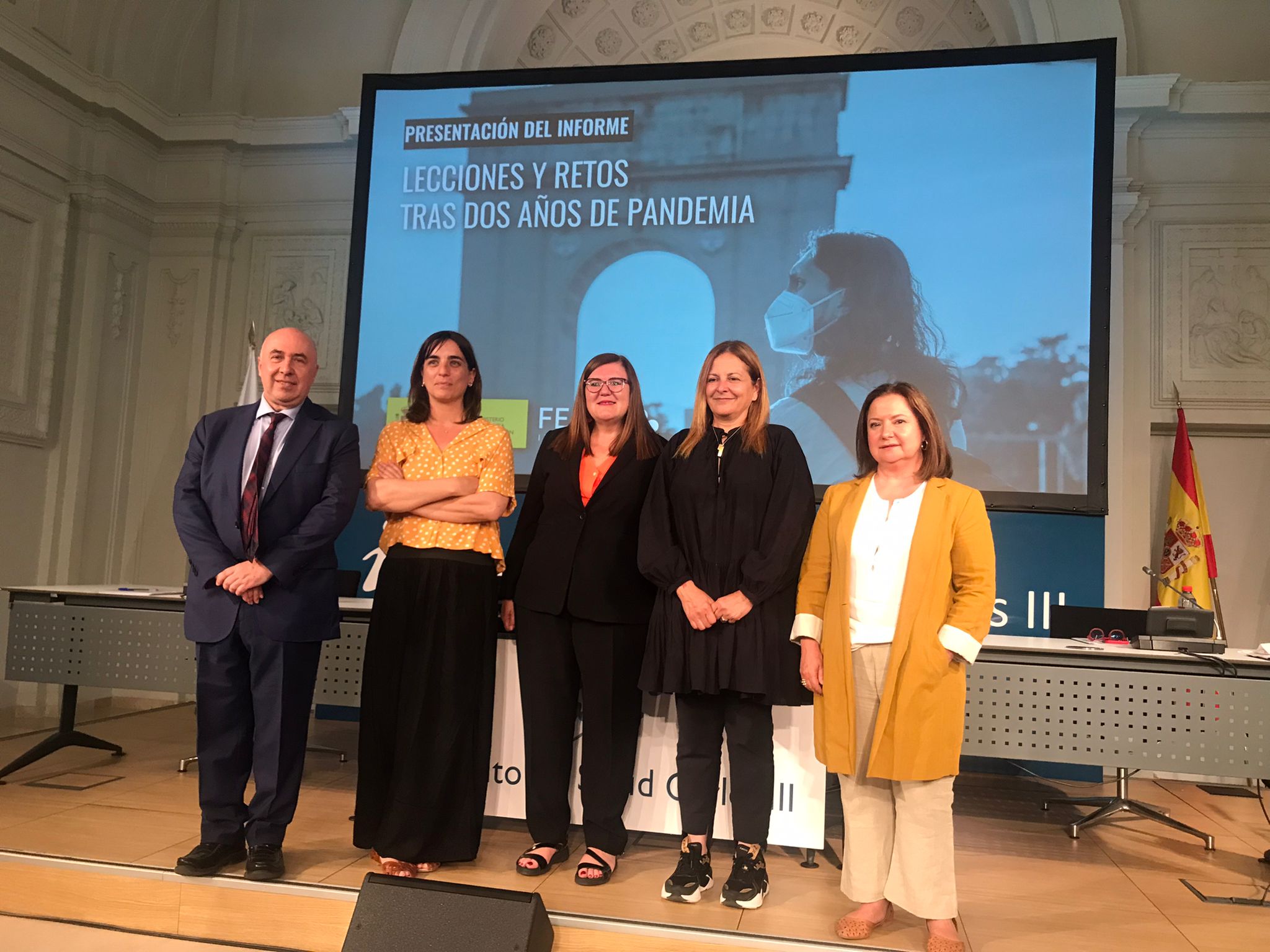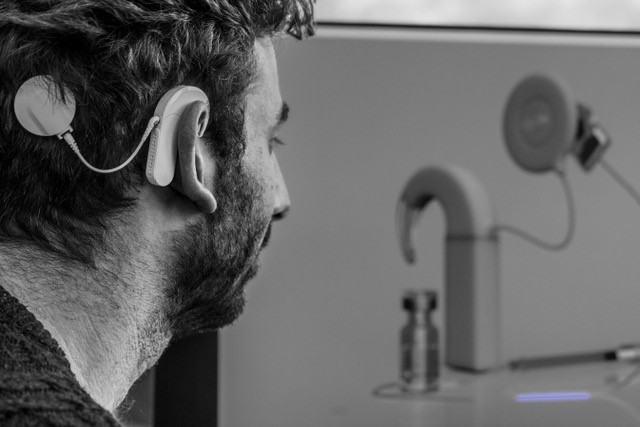 Àngels López
Àngels López
Mechanical signals involved in the early development of the mouse cerebral cortex described for the first time
A scientific team coordinated by José Antonio del Río from the Institute for Bioengineering of Catalonia (IBEC) observed the mechanical signals and traction forces involved in the migration of Cajal-Retzius cells, a group of neurons that play an important role in the development of the cerebral cortex. The study, conducted on rodents, has been published in the journal Frontiers in Cell and Developmental Biology.
Senior researcher at the Bioengineering in Reproductive Health Research Group

Application Deadline: 07/06/2022
Ref: SR-SO
The Bioengineering in Reproductive Health Group offers a position at the senior scientist or experienced postdoc level to develop a project within the framework of ATTRAC project (Horizon 2020 Research and Innovation Program) Prototyping a light-sheet microscope for the diagnostic of embryo implantation based on hyperspectral phasor analysis .
Our laboratory is a multidisciplinary environment where biologists, biophysicists, clinicians and business developers synergize to create a unique environment shaped by science and entrepreneurship. Due to the high translational component of our research, we have established collaboration contracts with the pharma industry, hospitals and venture capital to bring our technology to the clinics and the market.
In our lab we use bioengineering methods to create 3D environments that support embryonic development outside of the mother uterus. Our systems are accessible to imaging tools which allow us to interrogate the genetics, metabolomics and mechanics of the embryo in a high throughput manner. Using our systems we are capable to (i) improve embryo culture conditions and (ii) diagnose embryos with improved implantation potential.

